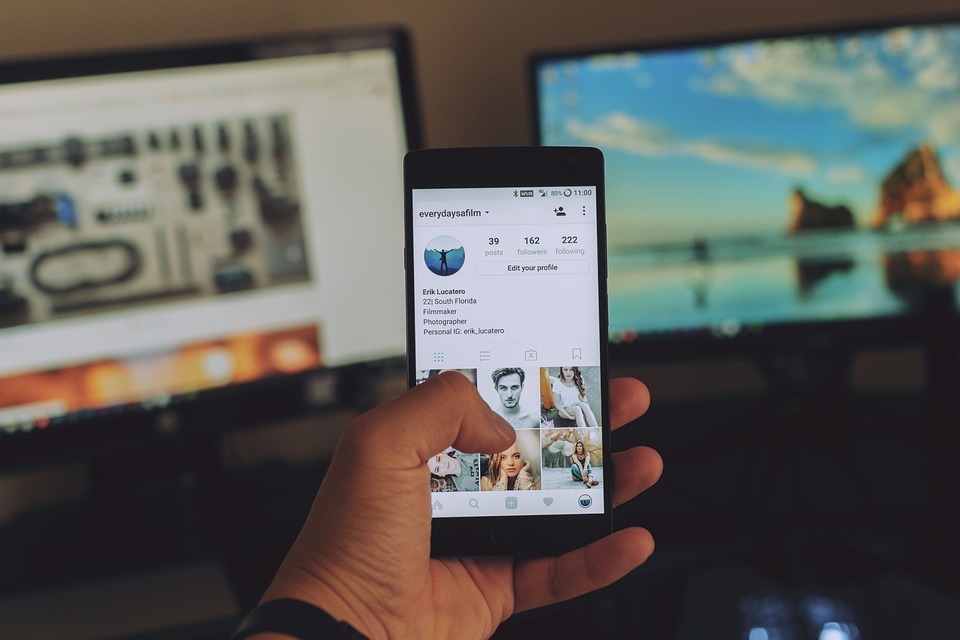Augmented reality (AR) has been a hot topic in recent years, with numerous companies and developers creating innovative applications and products that promise to revolutionize the way we experience the world around us. However, with all the hype surrounding AR, it can be difficult to separate fact from fiction and determine what is truly possible with this emerging technology.
One of the key features of AR is its ability to overlay digital information onto the physical world, creating a mixed reality experience that enhances our perception of reality. This can be seen in applications like Pokemon Go, which uses AR to place virtual creatures in the real world for players to catch and collect.
While these types of applications are entertaining and engaging, they only scratch the surface of what is possible with AR technology. In reality, AR has the potential to revolutionize a wide range of industries, from healthcare and education to design and manufacturing.
For example, in healthcare, AR can be used to create interactive simulations that allow doctors to practice complex surgical procedures in a virtual environment before performing them on real patients. This can help reduce the risk of errors and improve patient outcomes.
In education, AR can be used to create immersive learning experiences that engage students and help them better understand complex concepts. For example, students studying astronomy could use AR to explore the solar system in 3D, or history students could visit virtual recreations of ancient civilizations.
In design and manufacturing, AR can be used to create virtual prototypes of products, allowing designers to test different configurations and features before manufacturing physical prototypes. This can help streamline the product development process and reduce costs.
However, while the potential applications of AR are vast, it is important to be wary of unrealistic claims and overhyped promises. As with any emerging technology, there are limitations and challenges that need to be addressed before AR can reach its full potential.
For example, current AR devices are still relatively bulky and expensive, limiting their widespread adoption. In addition, there are technical challenges related to tracking and rendering digital content in real-time, especially in outdoor environments with changing lighting conditions.
Furthermore, there are ethical considerations to take into account when using AR, such as privacy concerns related to the collection and sharing of personal data. It is important for developers and companies to consider these issues and ensure that AR applications are designed with user privacy and security in mind.
In conclusion, while AR offers exciting possibilities for enhancing our interaction with the physical world, it is important to approach this technology with a critical eye and separate fact from fiction. By understanding the capabilities and limitations of AR, we can make informed decisions about how to use this technology in ways that benefit society and improve our lives.




